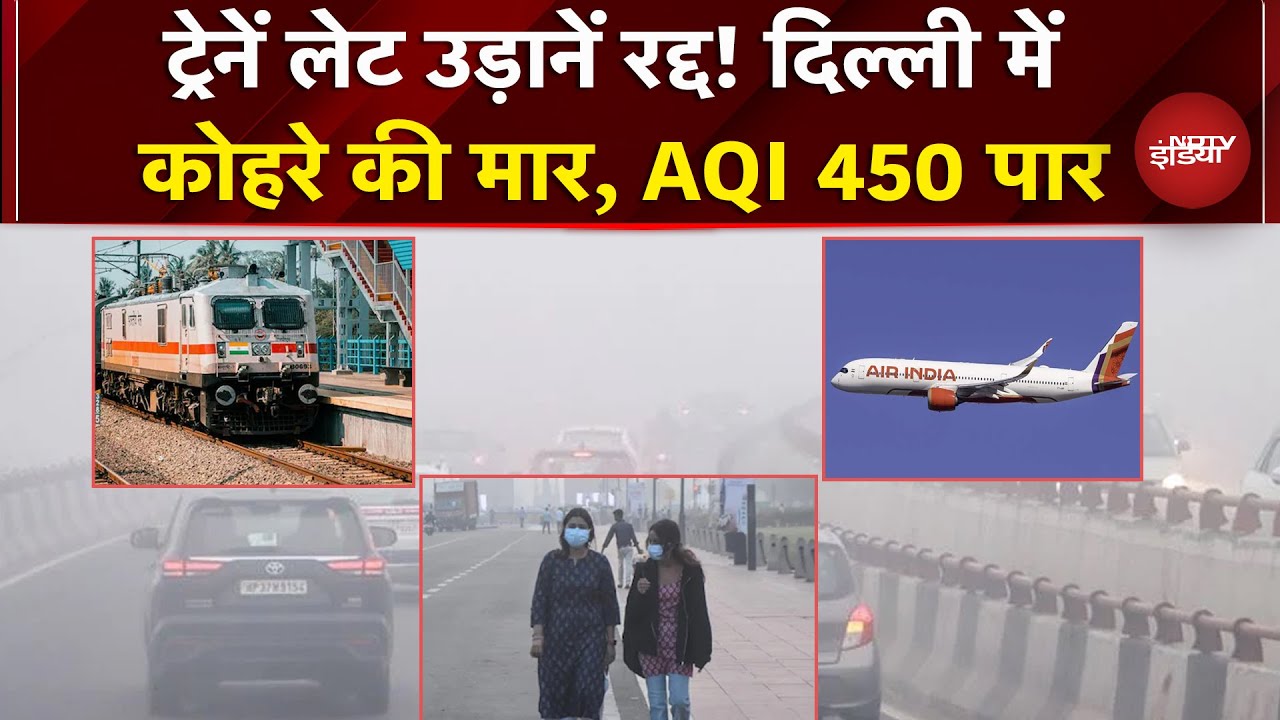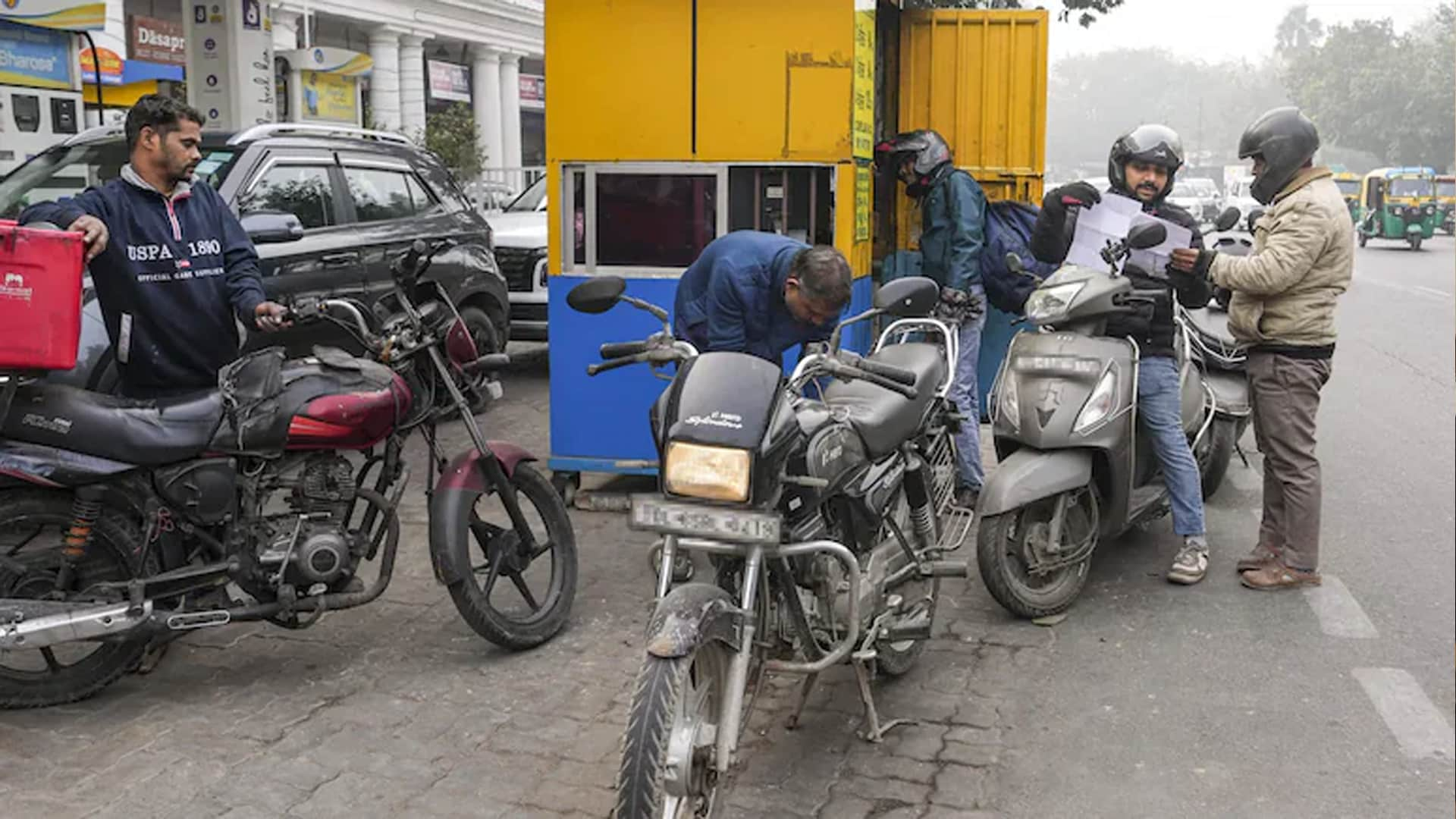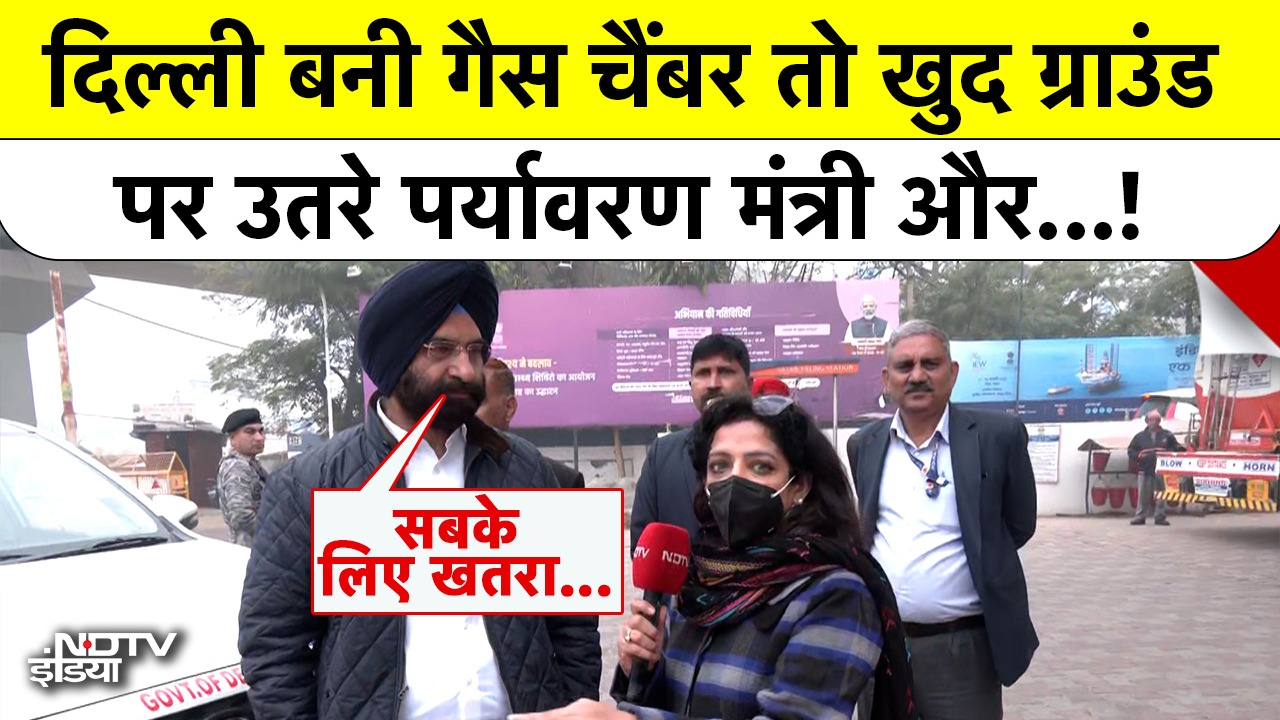- Home/
- PM2.5 Pollution Exposure Killed 33,000 Indians Annually, Most In Delhi
PM2.5 Pollution Exposure Killed 33,000 Indians Annually, Most In Delhi

Short-term air pollution exposure claimed 33,000 lives annually in 10 cities in India and Delhi tops the list with 12,000 deaths every year, according to a study published on Thursday in The Lancet Planetary Health.
The study showed increases in the risk of death were steep at lower concentrations of PM2.5 and tapered off at higher concentrations. Even levels of air pollution below the current National Ambient Air Quality Standard of 60 micrograms per cubic meter lead to increased daily mortality rates in India, showed the findings led by an international team of researchers from Ashoka University, Sustainable Futures Collaborative (SFC) -- an independent Delhi-based research organisation -- and Boston University (US).
Delhi had the highest across all cities studied, followed by Mumbai (about 5,100 each year), while Shimla had the lowest air pollution levels yet it claimed 59 lives per year.
The other cities include Kolkata (4,700 each year), Chennai (2,900 each year), Ahmedabad (2,500 each year), Bengaluru (2,100 each year), Hyderabad (1,600 each year), Pune (1,400 each year), Varanasi (830 each year).
“We found that about 33,000 deaths per year across these cities are attributable to air quality levels that exceed the WHO 24-hr exposure guideline (15 micrograms per cubic meter of air), with Delhi topping, followed by Mumbai,” said Bhargav Krishna, Environmental health and policy researcher at SFC, in a post on X.com.
The team based the study on short-term exposure to PM 2.5 (particulate matter 2.5 microns in size) and daily mortality in 10 cities between 2008 and 2019.
For the study, they used novel causal modelling techniques that isolate the heightened impact of local sources of air pollution such as waste burning and vehicular emissions among others, and generated estimates of mortality attributable to air pollution for cities (such as Mumbai, Bengaluru, and Kolkata) and at lower concentrations previously unstudied in India
The results showed that between 2008-19, 7.2 per cent of deaths were due to high short-term air pollution in these cities.
Further, using a hybrid machine learning-based exposure model the team observed a significant number of deaths even in cities like Chennai,
Bengaluru, Hyderabad, and Pune -- generally considered to have good to moderate air quality under our current air quality standards.
“Every 10 micrograms per cubic meter of air increment in PM2.5 was associated with a 1.42 per cent increase in daily deaths. This number almost doubled to 3.57 per cent when we used a causal instrumental variable model that isolates the effect of local air pollution,” Bhargav said.
The study stressed the need to make the national air quality standards more stringent and to redouble efforts to control air pollution.
“Our current definition of what is good air quality needs to change to better reflect the science. Remedial action on air quality needs to expand far beyond a black and white classification of clean and ‘non-attainment' cities,” Bhargav said.
He further noted that the current policy instruments such as Graded Response Action Plans (GRAP) focus largely on seasonal extremes. Instead, there is a need to drive year-round action as a large proportion of risk is concentrated in low to moderate air pollution levels, where GRAP is essentially ineffective.
(Except for the headline, this story has not been edited by NDTV staff and is published from a syndicated feed.)
also read
"Leaving Delhi After 13 Years": Man Blames City's Pollution For Developing Asthma
Edited by Astitva RajAs Delhi Chokes, MPs Scrap Air Crisis Debate Over Bad 'Atmosphere': Sources
Written by Chandrashekar Srinivasan3,746 Challaned, 61,000 PUCs Issued On Day 1 Of 'No PUC, No Fuel' In Delhi
Reported by Ishika Verma
Latest Stories
- Edited by Astitva Raj | Friday December 19, 2025
His post quickly became popular among people who have experienced similar health and safety concerns while living in Delhi.
- Press Trust of India | Friday December 19, 2025 , New Delhi
Commuter awareness rises after Delhi's BS-VI and No PUC, No Fuel enforcement; fuel sales dip in border areas, PUC queues remain steady, says DPDA president.
- Written by Chandrashekar Srinivasan | Friday December 19, 2025 , New Delhi
India's lawmakers were supposed to discuss the horrid blanket of toxic air smothering the national capital region sometime during Parliament's winter session, which wrapped up Friday. But they could not find the time.
- Friday December 19, 2025
After the fourth T20I between India and South Africa in Lucknow was abandoned due to 'excessive fog', concerns regarding Air Quality Index (AQI) has been raised ahead of the fifth T20I in Ahmedabad.
- Reported by Ishika Verma | Thursday December 18, 2025 , New Delhi
Delhi's 'No PUC, No Fuel' directive came into force across the national capital on Thursday amid claims of strict enforcement
................................ Advertisement ................................
Latest Videos
Opinion
Blog | Well Done, Delhi. You've Turned Lung Sacrifice Into A Badge Of HonourSaikat Kumar Bose
Monday November 10, 2025Till some years back, Delhiites would ask angry questions to those in power about the capitals annual tryst with toxic air. This has changed. Those in the driving seat dont see the need to answer now.
Opinion | Why Indians Have Just Given Up On Air Pollution CrisisTanushree Ganguly
Friday December 20, 2024While some may argue that people in Delhi are now more aware of air pollution than they were a decade back, my rebuttal would be that awareness does not mean that people are concerned.
Opinion | You Must Outrage Over Filthy Air More Than Once A YearJyoti Pande Lavakare
Tuesday December 10, 2024Delhi welcomed us with monsoon rains and mangos. We were home. Fast forward a couple of years, in the winter of 2012, I found myself in denial about something other parents, mostly expats, were calling toxic air.
Opinion | Delhi's Air Pollution Situation Is Like A Bad MarriageNishtha Gautam
Friday November 22, 2024On a good day, such as today, the AQI reading in Delhi is 407. We are jubilant at the sickly sunshine trickling through the slightly dissipated smog. At least its not 1600.
दिवाली... पराली... सियासी जुगाली!Ashwini kumar
Monday November 18, 2024दिल्ली-एनसीआर में प्रदूषण का समाधान तो आज तक मिला नहीं. हर साल चिंतित होकर हम-आप सांसों की तकलीफ के साथ-साथ दिल और ब्लड प्रेशर के मरीज भी क्यों बनें?


















